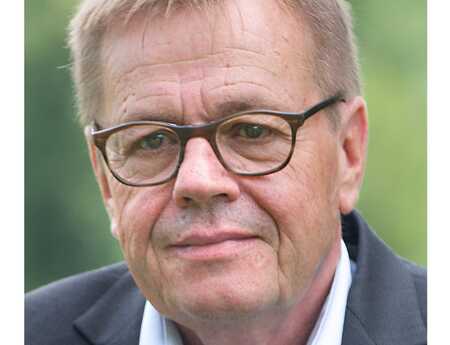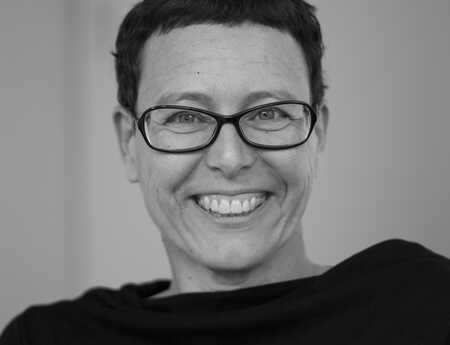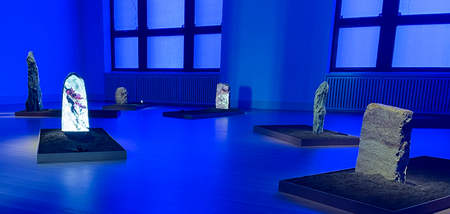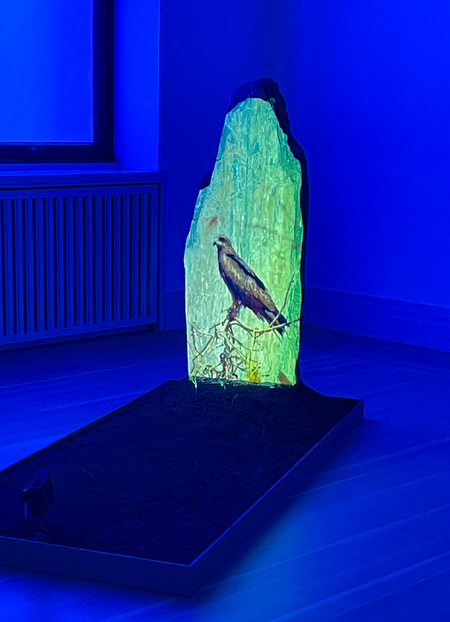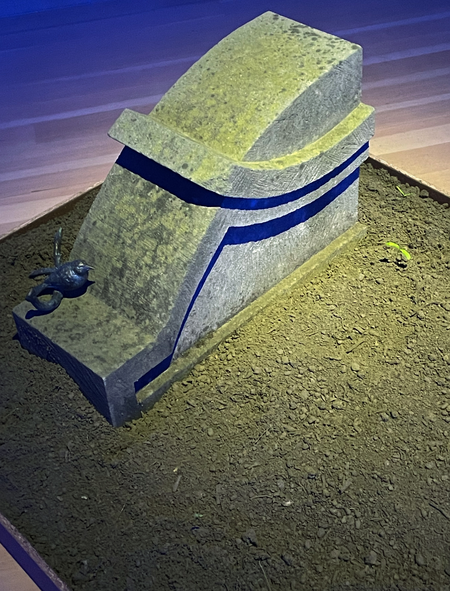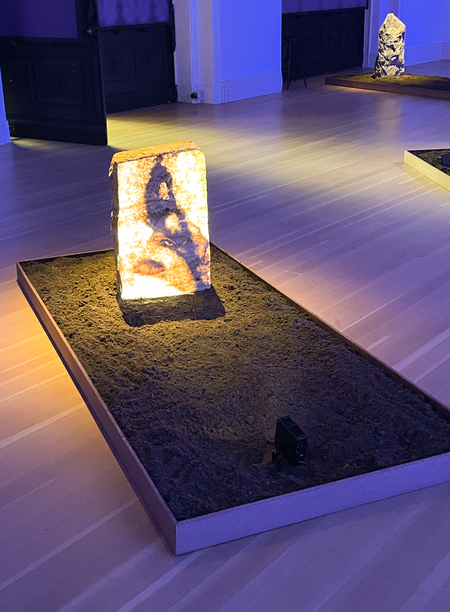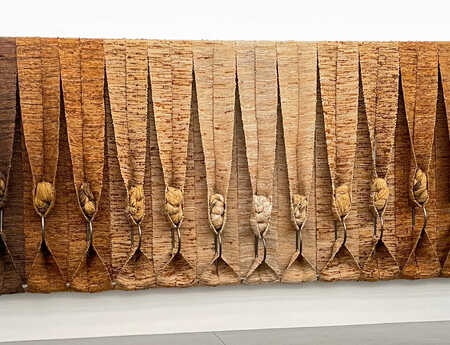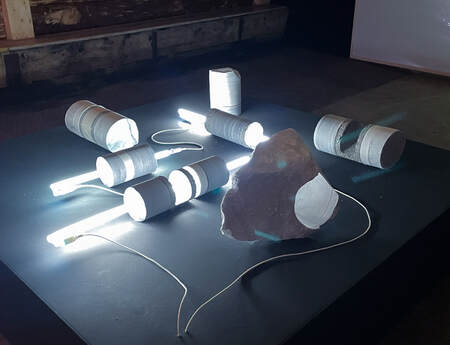The Cemetery as a Gateway to Mourning
Who would think of hope when thinking of a cemetery? Indian artist Pallavi Paul sees this differently. In her Berlin exhibition How Love Moves at the Gropius Bau, which runs until July 21, 2024, she explores how much comfort and love there is to be found in saying goodbye.
In Salt Moon, her spatial installation specifically designed for the Gropius Bau, she has projected comforting nature films onto replicated grave memorials. She portrays the cemetery as a gateway to mourning but also as a place of peace, rest, and remembrance. The stones are transformed into projection screens showing the lives of the animals at Delhi Gate Cemetery, a Muslim cemetery in India's capital, New Delhi. The result is a marginal space of mourning, remembrance, and longing – an impetus to honour the love of those who are no longer with us.

The original idea goes back to the artist's experiences during the coronavirus pandemic: "When we were all stricken by the loss of family and friends," she says. She has given a lot of thought to how love challenges us and also to how, out of suffering, something new can be born.
Video works are central to Paul's art. Her artistic approach operates at the intersection of cinema, literature, and the persistent threads of political conflict. She uses her camera to question how spiritual, technological, and political 'truths' are manufactured and perpetuated in public life. Paul holds a PhD in Cinema Studies from Jawaharlal Nehru University, Delhi, and a postgraduate degree in Media from Jamia Millia Islamia University, Delhi.
The text was written in German by Willy Hafner.
Photos by the author.

